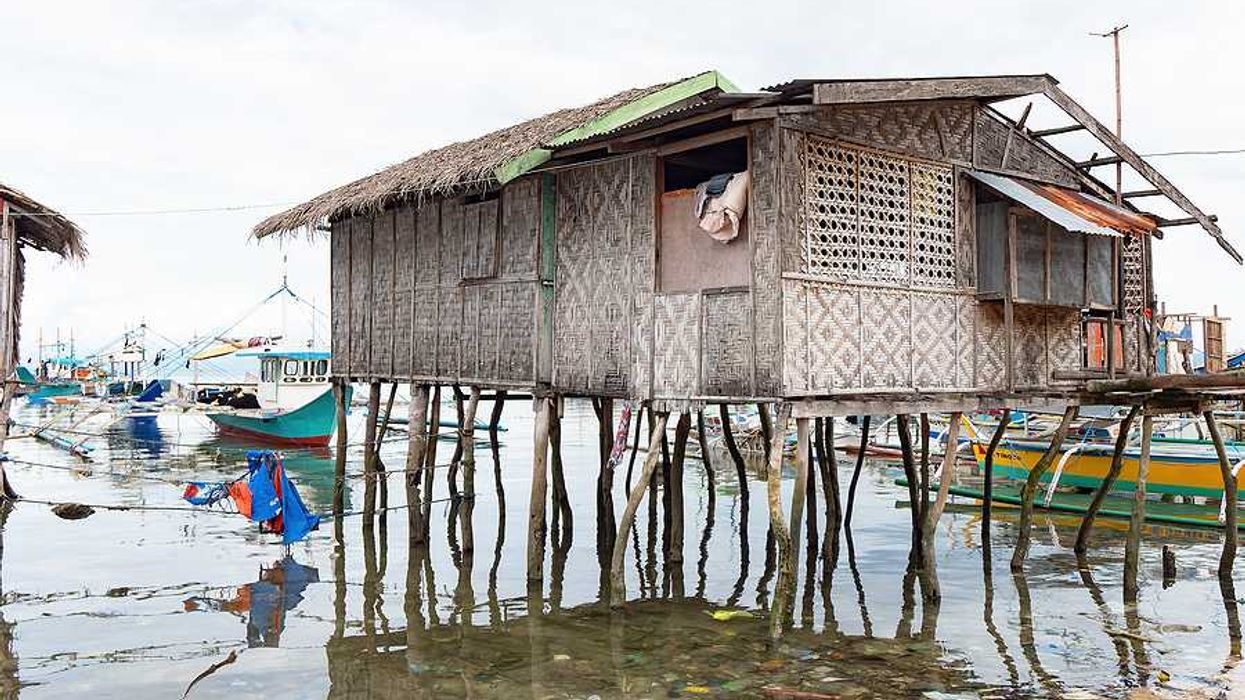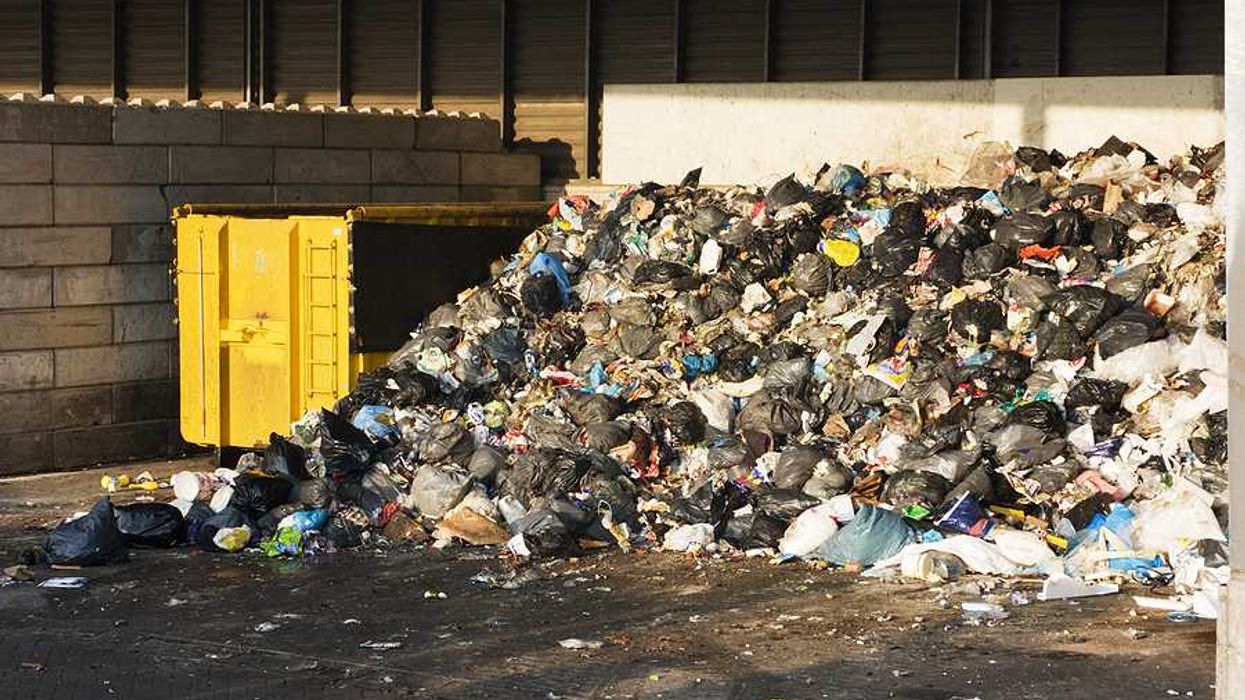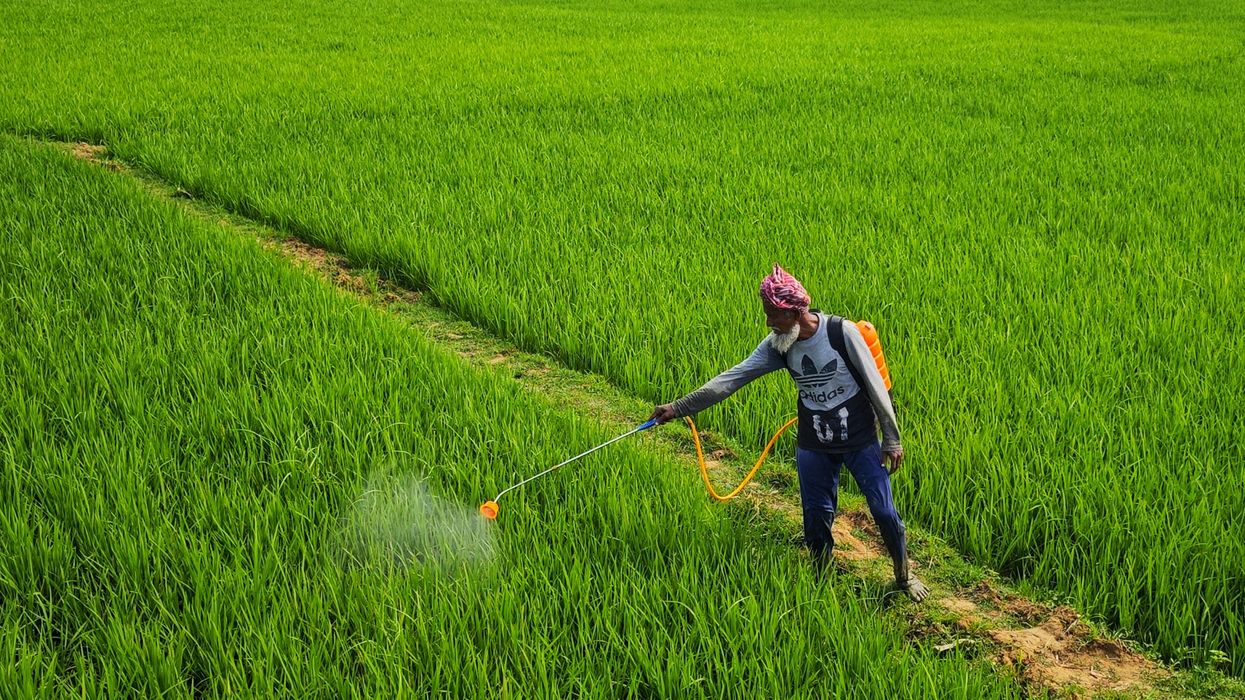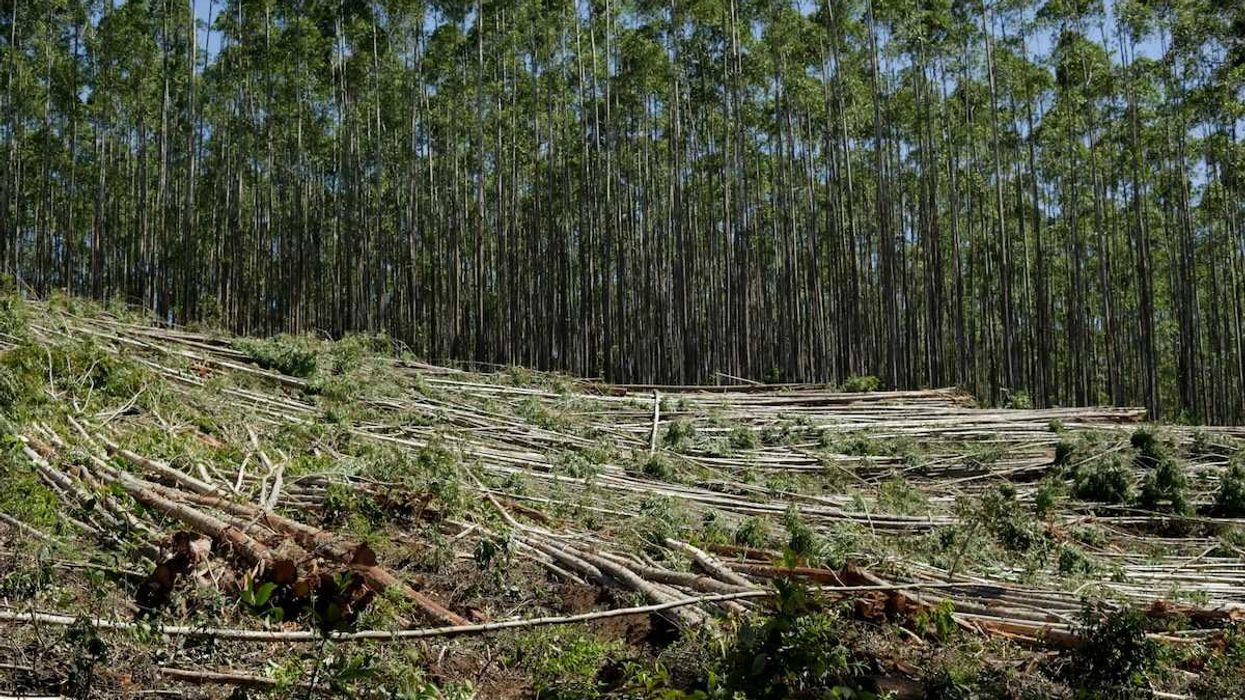In the parched Black Mesa region, Navajo farmers like Roberto Nutlouis are reviving ancient methods to restore watersheds, boost food sovereignty, and heal their ecosystem.
Lela Nargi reports for Yale Environment 360.
In short:
- Navajo farmers are using traditional structures, like rock and brush dams, to capture water and prevent erosion, helping crops thrive despite climate challenges.
- The restoration of small watersheds has improved soil fertility, supported vegetation and sequestered carbon, offering a blueprint for future farming resilience.
- Collaborative efforts are focusing on food sovereignty, water rights and restoring native plants to fight desertification.
Key quote:
“Ecologies needs to be restored. Food systems need to be restored. This is an opportunity to begin developing localized food economies.”
— Roberto Nutlouis, Navajo farmer
Why this matters:
As climate change worsens droughts and extreme weather, traditional farming practices offer a sustainable solution to restoring ecosystems and improving food security in arid regions. By restoring their watersheds, Navajo farmers are not just battling desertification—they’re reclaiming their relationship with the land. It's a model of resilience in the face of modern challenges, with the added bonus of sequestering carbon in the process. Read more: Valerisa Joe-Gaddy on tribal water justice.














